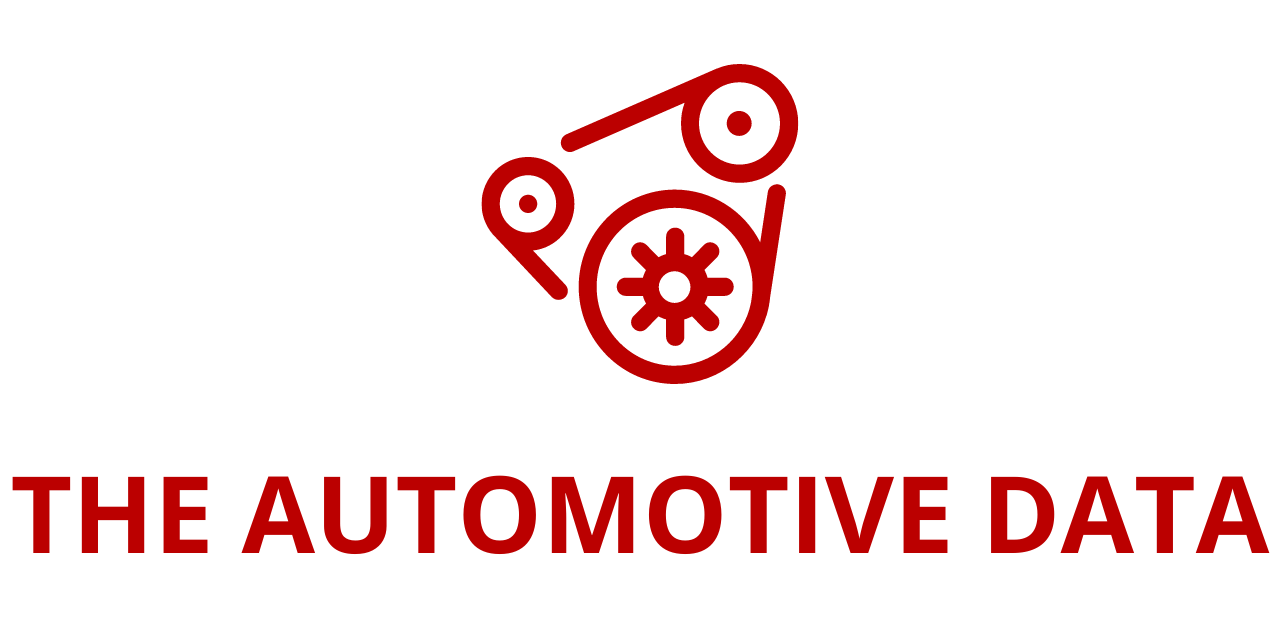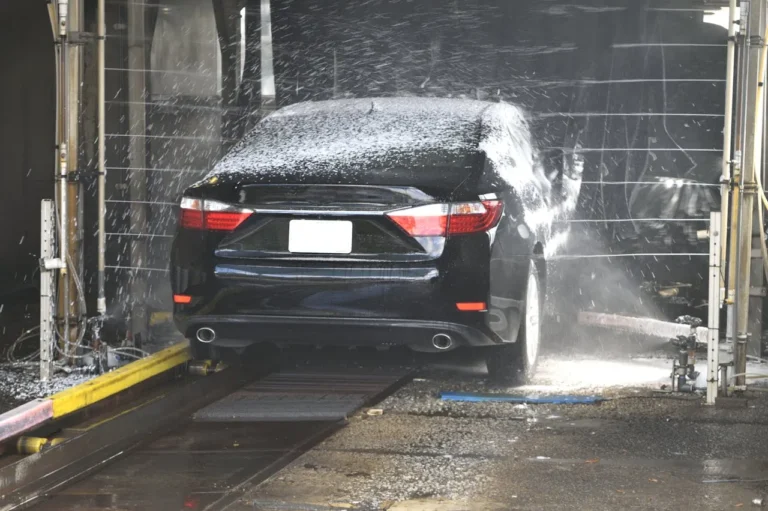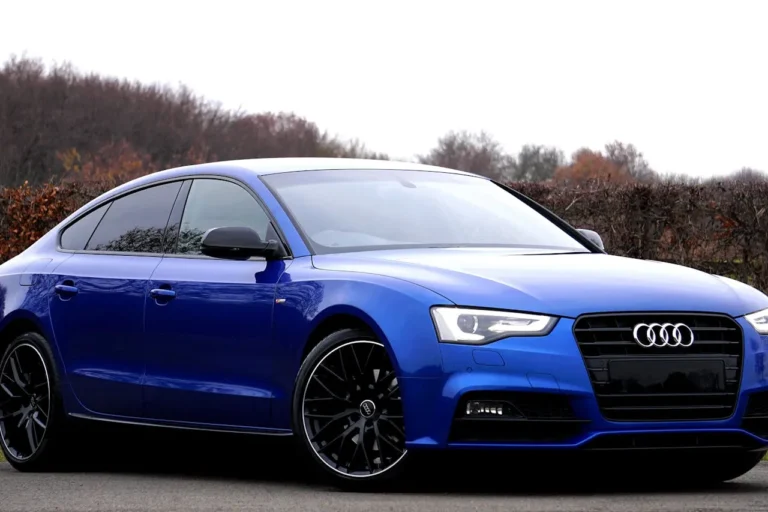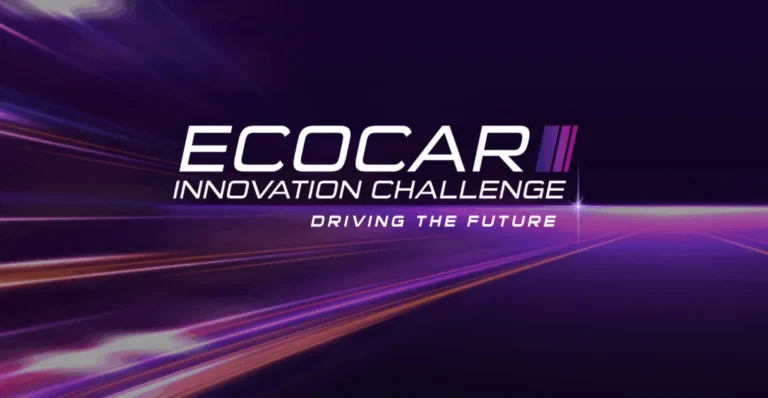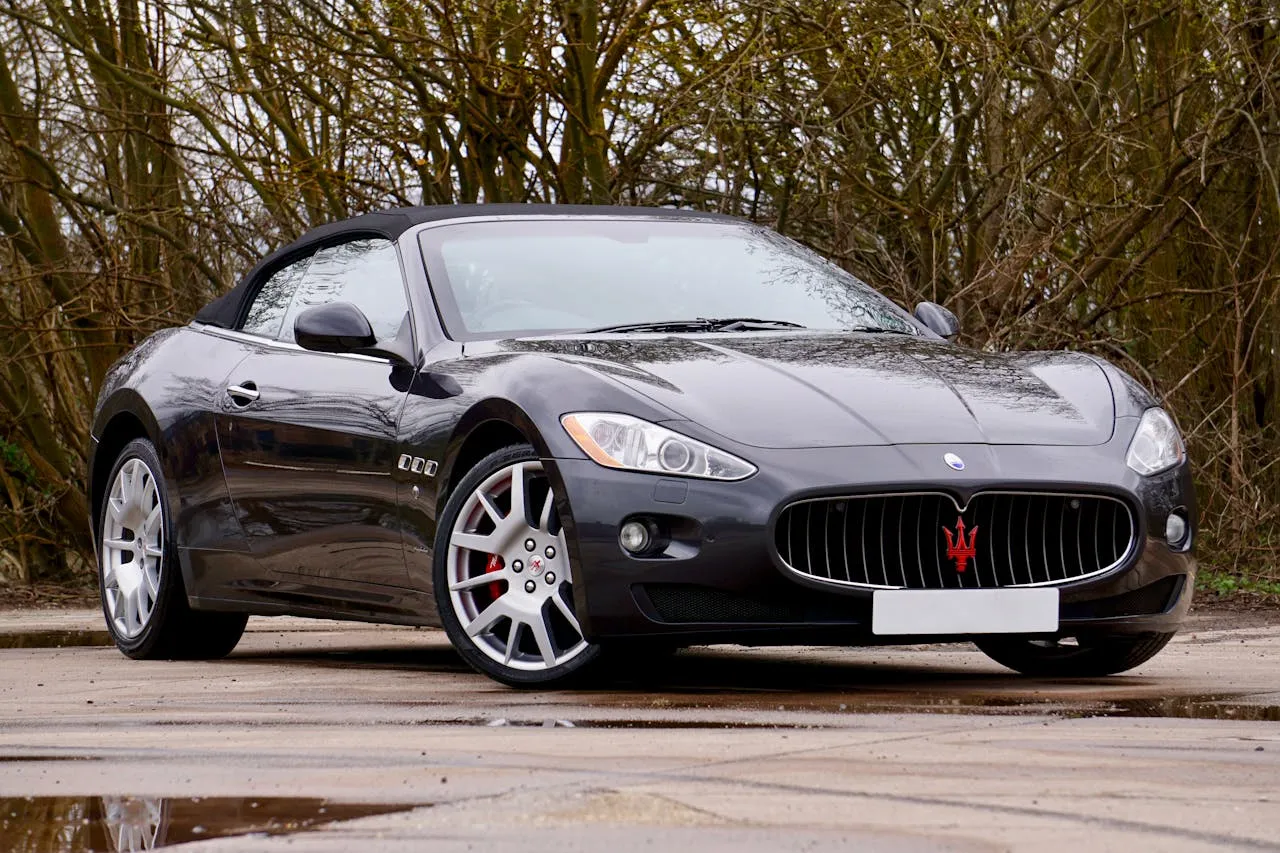
US Vehicle Auction Market Report 2024–2030: AI, Online Platforms, and EV Adoption Drive Growth
The US vehicle auction market is undergoing a period of transformation, driven by digital innovation, changing consumer behaviors, and the rise of electric vehicles (EVs). According to the newly released report “US Vehicle Auction Market: Size and Trends with Forecast up to 2030” by ResearchAndMarkets.com, the industry remains on a steady growth path despite economic uncertainties and supply fluctuations.
In 2024, the US vehicle auction market was valued at US$3.47 billion. By 2030, it is projected to reach US$4.48 billion, expanding at a compound annual growth rate (CAGR) of approximately 4% during the forecast period of 2025–2030. Alongside its financial growth, the auction volume has already reached 14.26 million vehicles in 2024, underscoring the scale and importance of this sector within the broader automotive ecosystem.
What is Driving the Vehicle Auction Industry?
At its core, a vehicle auction is a marketplace where used, damaged, or salvage vehicles are sold to the highest bidder. Traditionally conducted in physical auction houses, the industry has increasingly embraced digital platforms, making auctions accessible to both buyers and sellers across the country. These auctions provide a cost-effective way for individuals and businesses to acquire vehicles, particularly as affordability concerns push many consumers toward the used car market.
Several macroeconomic and industry-specific trends are shaping the trajectory of the US vehicle auction market:
- Digital Transformation – Online auctions have gained immense popularity, enabling wider participation, lowering operational costs, and providing convenience to buyers who no longer need to travel to physical auction houses.
- High Inventory Supply – A steady stream of vehicles from rental companies, fleet operators, and lease expirations ensures robust inventory levels, keeping auctions active and competitive.
- Economic Conditions – During periods of economic uncertainty or consumer spending slowdowns, demand for affordable used vehicles increases, further boosting auction activity.
- Electric Vehicle Entry – As EV adoption accelerates, a growing number of electric and plug-in hybrid vehicles (PHEVs) will eventually enter the secondary market, adding new dynamics and buyer interest to auction platforms.
The Rise of Online Auctions and Tech-Driven Disruption
Perhaps the most striking trend in recent years has been the rapid adoption of online auction platforms. Once considered an experimental alternative to in-person bidding, online auctions are now the dominant force.
A wave of venture-capital-backed startups has entered the market, offering mobile-first auction solutions at significantly lower fees than traditional auction houses. Their success is rooted in several factors:
- Asset-Light Models – Many of these companies do not hold large inventories themselves. Instead, vehicles can be sold directly from dealer lots.
- Flexible Workforce – The use of gig workers for inspections, photography, and logistics has reduced overhead costs.
- Shared Logistics Networks – Innovative approaches to transport and delivery have streamlined the process of moving vehicles post-sale.
The result is a more competitive auction landscape, with buyers and sellers benefiting from reduced costs, improved efficiency, and access to broader networks of participants.
Strategic Moves by Industry Leaders
Major players in the industry are embracing strategic partnerships, acquisitions, and technology launches to gain an edge.
- In March 2024, OPENLANE, Inc. (formerly ADESA) announced an exclusive partnership with Stellantis, one of the world’s largest automakers. This collaboration enables weekly auctions of young, ex-rental vehicles, including EVs and PHEVs, exclusively through OPENLANE’s platform. With access to a network of 125,000 dealers worldwide, the deal positions OPENLANE as a premier distributor of premium inventory.
- In October 2024, ACV Auctions Inc. unveiled its advanced analytics suite, ACV MAX and ClearCar, at the Digital Dealer Conference & Expo. These tools empower dealers with real-time insights into bidding patterns, inventory pricing, and buyer behavior. By leveraging AI and data-driven decision-making, dealers can optimize sourcing, improve margins, and align inventory with customer demand.
Such initiatives highlight the increasing importance of technology—particularly data analytics and artificial intelligence (AI)—in streamlining auction operations and enhancing competitiveness.
Market Segmentation
The US vehicle auction market can be broken down by type of vehicle auction and distribution channel:
1. By Type
- Whole Car Auctions – Representing the largest market share in 2024, whole car auctions dominate in both value and volume. Their popularity stems from the rise of online platforms that expand buyer participation and boost resale values of popular models.
- Factors fueling growth include the steady influx of off-lease and fleet vehicles, which are typically well-maintained and highly attractive to dealers.
- Dealers find these auctions appealing as they provide an opportunity to acquire inventory at competitive prices, resell with attractive margins, and meet growing consumer demand for reliable used vehicles.
- Salvage Vehicle Auctions – While smaller in market share, salvage auctions remain an important segment. Insurance companies, repair shops, and parts resellers actively participate, keeping this niche vibrant.
2. By Distribution Channel
- Online Auctions – In 2024, online auctions accounted for the largest share and are projected to be the fastest-growing channel through 2030.
- They provide geographic flexibility, allowing buyers from anywhere to bid without traveling.
- Enhanced features like high-quality photos, detailed vehicle histories, and virtual inspections are increasing buyer trust in remote purchases.
- Physical Auctions – While declining in dominance, traditional auction houses still play a role, especially for buyers who prefer in-person vehicle assessments.
Market Dynamics
Growth Drivers
- Increasing Vehicle Lifespan – As vehicles last longer, more units are entering the resale and auction markets.
- Expanding Internet Penetration – A larger digital user base makes online auctions more accessible.
- Rise in Vehicle Accidents – Salvage auctions benefit from accident-damaged vehicles entering the supply chain.
- Higher Revenue per Vehicle – Auctions are achieving better margins per car sold, thanks to digital reach and competitive bidding.
- International Demand – Export opportunities are expanding, with international buyers participating in US auctions.
Challenges
- Supply Volatility – The availability of used vehicles depends on broader automotive cycles, rental returns, and leasing patterns.
- Economic Vulnerability – Consumer confidence, inflation, and potential recessions can affect bidding behavior.
- Fraud Risks – Online platforms face challenges in combating fraudulent activities such as misrepresented vehicle conditions.
Emerging Trends
- AI-Driven Auctions – Integration of artificial intelligence enhances pricing algorithms, fraud detection, and predictive demand analysis.
- EVs in Auctions – As EV penetration rises, secondary sales of electric cars will reshape buyer strategies.
- Subscription Models – Growth of vehicle subscription services is altering ownership patterns, feeding more vehicles into the auction ecosystem.
- Regulatory and Environmental Considerations – Stricter emission and recycling standards may influence auction supply and processes.
- Advanced Analytics – Data-driven tools are streamlining sourcing decisions and improving operational efficiency.
- Changing Consumer Behavior – Younger buyers are more open to online auctions, accelerating digital adoption.
Competitive Landscape
The US vehicle auction market is highly consolidated, with a mix of established giants and innovative startups competing for share. Key players include:
- Openlane, Inc. (ADESA)
- Copart Inc.
- ACV Auctions Inc.
- RB Global, Inc. (Insurance Auto Auctions Inc.)
- E Automotive Inc. (EBlock)
- eBay Motors
- Cox Automotive, Inc. (Manheim, Inc.)
- Capital Auto Auction
- Cars & Bids
- General Auction Company
- A Better Bid Car Auctions
- AutoBidMaster
- Barrett-Jackson Auction Company, LLC
These companies employ diverse strategies, from scaling their online presence and integrating AI-driven tools to securing exclusive partnerships and expanding internationally.
Outlook Through 2030
Looking ahead, the US vehicle auction market is set for steady growth, supported by:
- Digital-first platforms that make participation easier and more transparent.
- AI-powered analytics that improve buyer and seller confidence.
- Increasing EV adoption, which will introduce new categories of vehicles to auctions.
- Sustained inventory supply from rental fleets, leasing expirations, and insurance salvage.
While challenges such as economic fluctuations and fraud risks persist, the industry’s embrace of technology and innovation positions it for continued expansion. By 2030, with a market size approaching US$4.5 billion, the sector is expected to play an even more critical role in shaping how Americans buy and sell vehicles.
